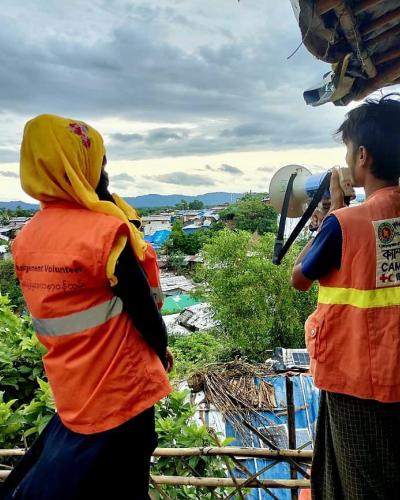Bangladesh: Humanitarian Coordination Task Team (HCTT) Special Meeting (22 April 2024)

1. HCTT Background
Bangladesh adopted the humanitarian coordination architecture, known as the Humanitarian Coordination Task Team (HCTT), in 2012 following a consultation process between the humanitarian community and the Government. Through the cluster approach, the international community coordinates emergency preparedness and responses with the government in an agreed manner, complementing the government’s emergency and disaster efforts. The HCTT is co-chaired by the Secretary of the Ministry of Disaster Management and Relief (MoDMR) and the UN Resident Coordinator. In 2019, the Government formalized this cluster system in its Standing Orders on Disaster (SOD). As of September 2023, HCTT comprises ten national clusters and six working groups. The UN Resident Coordinator also leads the Humanitarian Advisory Group (HAG), a network of humanitarian organizations that supports and advises the HCTT. The Inter-Cluster Coordination Group (ICCG) – composed of cluster and working group coordinators and led by the UNRCO – develops and implements HCTT’s work plans. The national clusters and working groups are co-led by representatives from seven ministries and their related departments, eight UN agencies, and six national and international organizations. Besides its co-chairs, HCTT includes cluster and working group leads/co-leads; three INGO representatives, one local NGO representative, and two donor representatives. Overall, the humanitarian coordination system comprises over 50 organizations that work in the humanitarian and DRR sectors.















